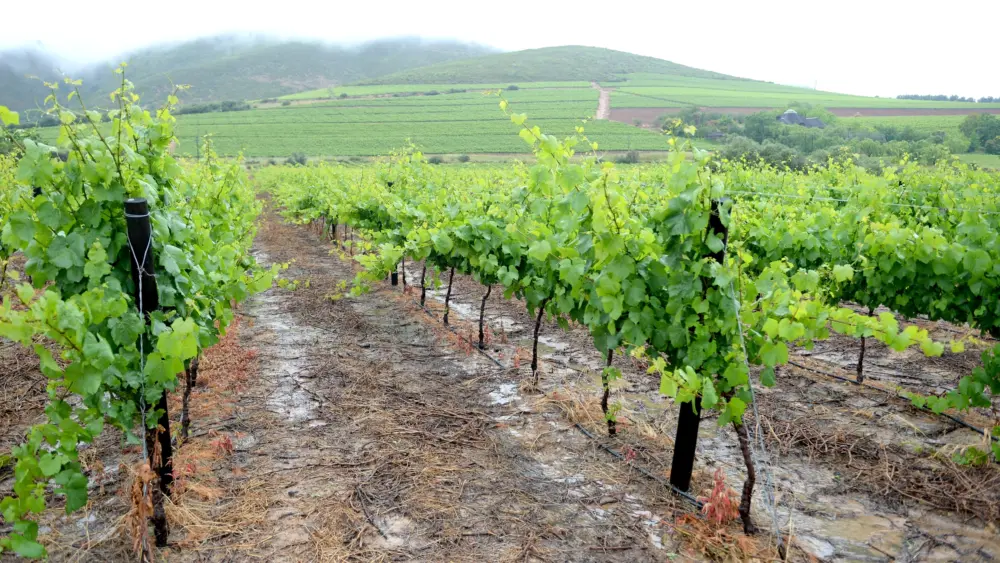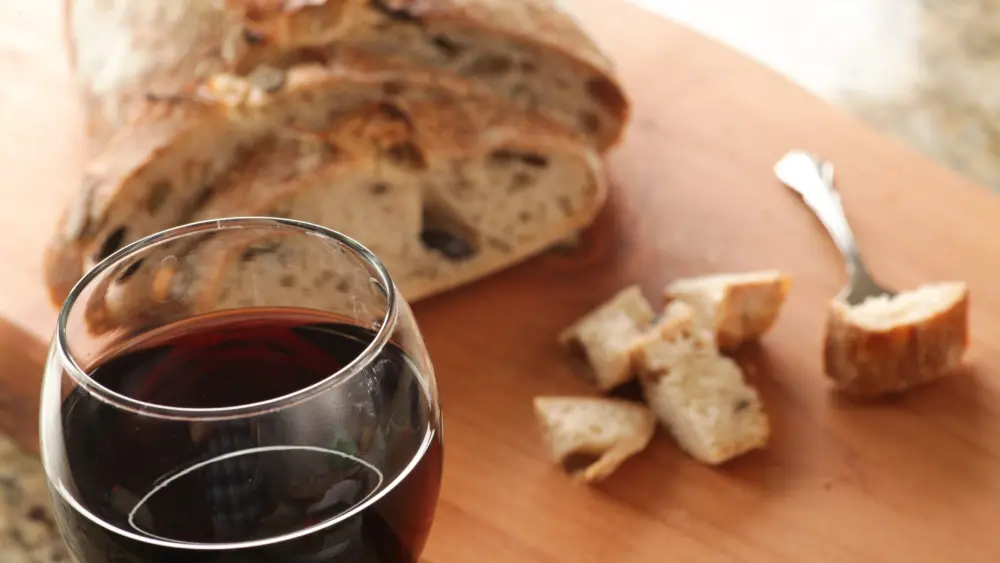Over the last year or so, the number of winery and vineyard acquisitions has been surging at a breakneck pace. Jackson Family wines has been on a tear, purchasing many wineries, including Penner-Ash Wine Cellars. GI Partners bought Far Niente Wine Estates, TSG Consumer Partners purchased Duckhorn Wine Co., E. & J. Gallo bought Orin Swift Cellars, Constellation Brands purchased the Prisoner Wine Co., Francis Ford Coppola purchased Silverwood Vineyard and the owners of Silver Oak purchased Ovid Winery. This is only the tip of the iceberg, with many more deals that have been completed or are near completion.
Buyers are looking to scoop up brands with distribution in place and steady sources of grapes, preferably with their own vineyards under cultivation. Why? Because money is cheap, distribution is hard and a ton of wineries are for sale at the moment.
Money remains cheap.
Interest rates are expected to continue to rise, with the Federal Reserve anticipating at least two more raises this year. Although these rate increases are expected to be modest, getting into a loan at what are still historically low rates remains attractive, especially to those companies sitting on cash.
The recent economy has brought with it a skyrocketing stock market. There are those who believe we’re in what might be the last bull market for the foreseeable future, and so these individuals remain active in stocks. However, many professional investors have been quietly pulling their money out of stocks the last couple of years and piling up cash. Cash is said to be king, but many believe that a king without land is vulnerable to the whims of the market.
Potential buyers (and banks) know that access to their own grapes grown in their own vineyards is by far the optimal situation when demand for wine is strong: Owning the vineyards provides a guard against being charged high prices when the demand for grapes is high, but owning vineyards in a soft market can be a drain on cash reserves. So the goal is to have a mix of both, owned and contracted grapes.
Distribution is hard.
Many potential winery buyers have cash and would like to take advantage of rates before they go up. But those savvy enough to be successful in the wine business also know that buying a winery is buying inventory. When Southern Wine & Spirits and Glazer’s merged into the world’s largest distributor, Southern Glazer’s Wine & Spirits, they changed the game for small- and medium-size wineries, effectively reducing their already limited leverage to distribute their wines broadly and consistently. What we now know about distribution in the United States is that if you are not making at least a million cases a year, the largest distributors find you boring.
A ton of wineries are for sale at the moment.
Couple all these factors with the Silicon Valley Bank’s State of the Wine Industry 2017 report that predicts the land grab will continue, with 30 percent of U.S. winery owners considering or expecting a sale during the next five years and an additional 20 percent saying that a sale during that timeframe is “possible.”
What is driving these vintners who want to sell? Some are getting old and tired of dealing with the increasingly competitive marketplace. Their children have little interest in working the farm and selling their parents’ wine (and their story). Many of these founders’ children also find it exhausting to relive their parents’ genius and business prowess and to repeat the story about how their mother and father tilled the soil with their bare hands, not having enough money to eat much more than beans and Spam until they finally scraped and saved enough to afford making a single barrel of wine. But lo and behold, the wine they made became the most coveted in the country, eventually rated highly by Robert Parker Jr., and selling at auctions around the world for thousands of dollars a bottle. But these founders’ children know that since those glory days, the winery they’re inheriting is now making three brands and 35,000 cases, which is too much wine to sell on their own, but not enough for most distributors to get interested in tasting.
Turnover of wineries will continue.
The market for wineries will continue to generate high prices for the next year or two, with those that have strong distribution, well-known brands and solid grapes sources going first and fast (if they’re not already sold). However, those wineries that find themselves with weak distribution and inconsistent grape sources will find the row much more difficult to hoe as time goes on.
Author
-

Tim Carl lives, writes and teaches in Calistoga. He grew up in St. Helena and traces his Calistoga grape-growing roots back five generations. You can reach him at tcarl@northbaybiz.com.
View all posts



